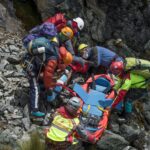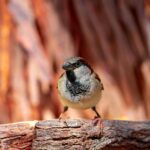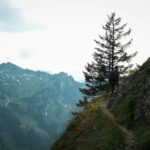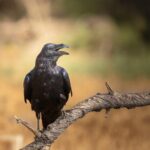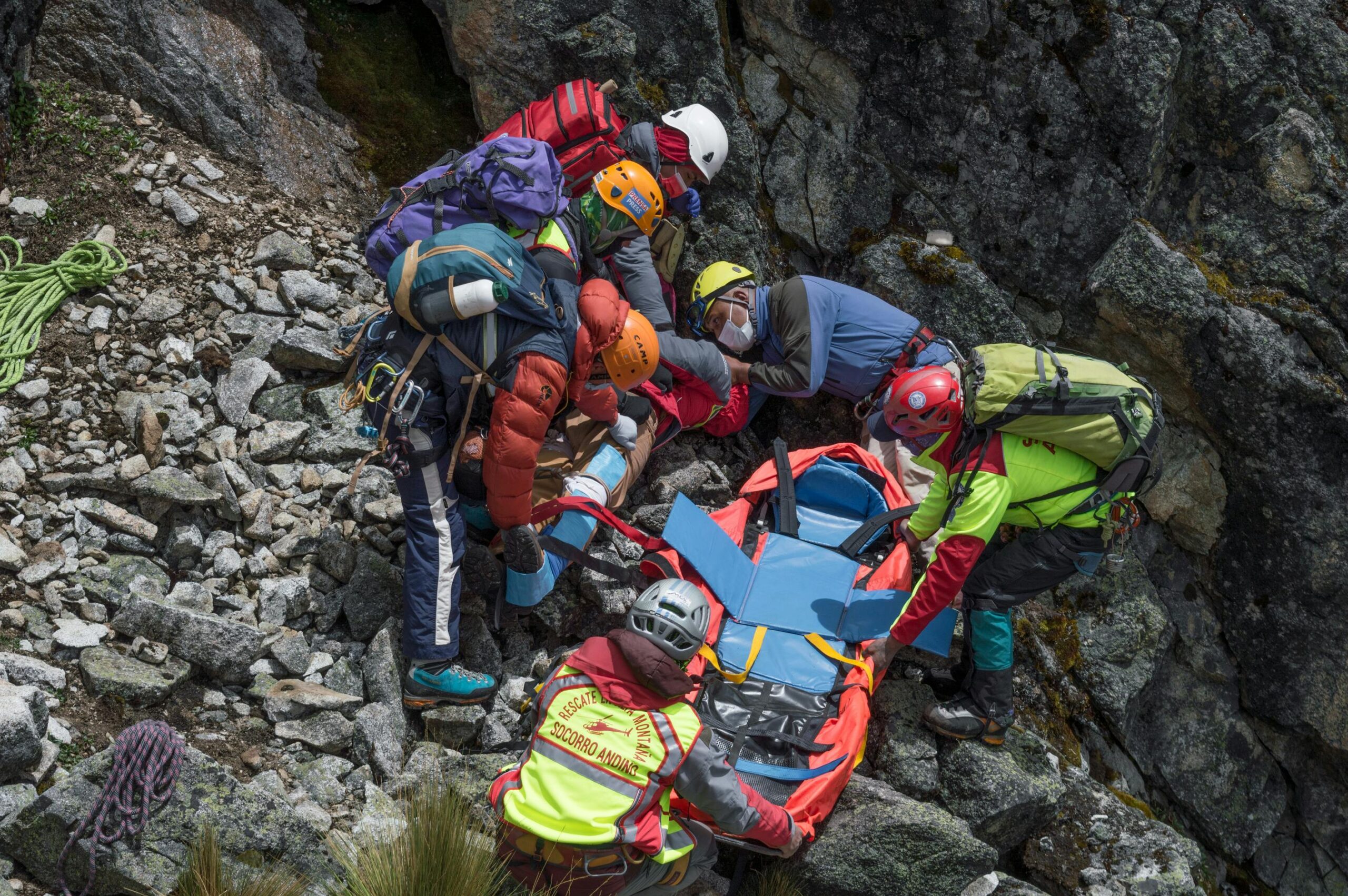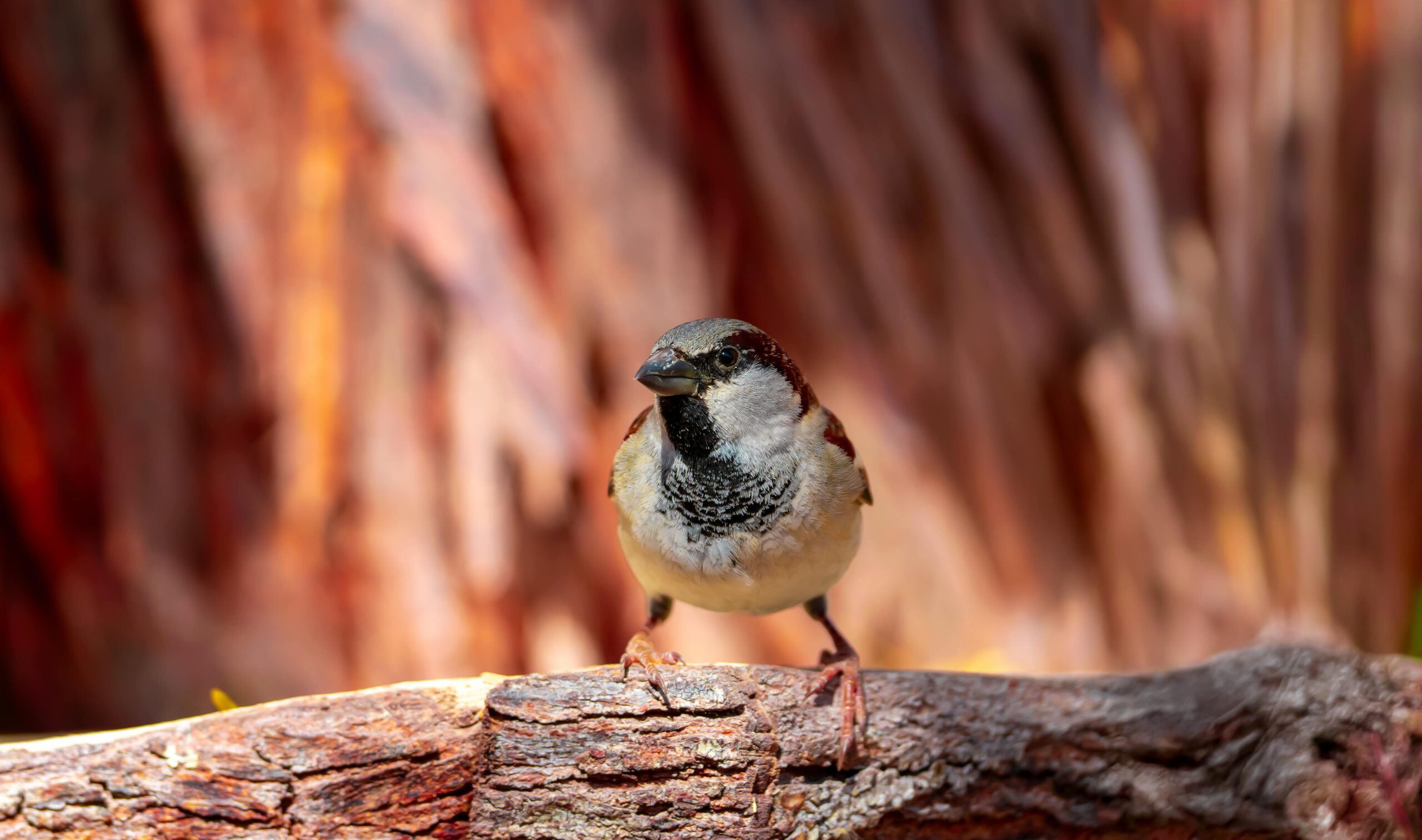Frame of Deception: Unleashing the Dark Arts of Wildlife Photography to Capture the Unseen
Introduction:
In the realm of wildlife photography, the pursuit of capturing the perfect shot often leads to a blurred line between reality and deception. This blog post delves into the unconventional techniques photographers use to capture the most elusive and intimate moments in the wild, exploring the ethical dilemmas that come with manipulating light, shadows, and visual perception. Join me on a journey into the world where art and deception collide, and discover the secrets that lie beyond the frame.
The Art of Deception:
Wildlife photography is not just about pointing a camera at a subject; it’s about telling a story, evoking emotions, and revealing the unseen narratives of the natural world. However, in the quest for artistic truth, photographers often find themselves walking a thin line between authenticity and manipulation.
- Manipulating Light and Shadows:
Photographers use various techniques to manipulate light and shadows, creating dramatic effects that draw attention to their subjects. This can include using long exposures to blur movement, exploiting the golden hour for soft, warm light, or even using artificial light sources to enhance the scene.
- Exploiting Visual Perception:
Understanding how our brains process visual information allows photographers to exploit these perceptions, creating images that are more engaging and impactful. This includes using leading lines, framing, and visual weight to guide the viewer’s eye through the image.
The Ethical Dilemma:
While these techniques can produce stunning images, they also raise ethical questions about the representation of reality. The Wildlife Photographer of the Year 2025 competition emphasizes the importance of honesty in wildlife photography, stating that images must not attempt to deceive the viewer or misrepresent the reality of nature.
- Honesty in Wildlife Photography:
The Wildlife Photographer of the Year 2025 competition highlights the need for ethical photography practices, ensuring that images do not mislead or deceive the viewer. This includes not injuring or distressing animals or destroying their habitats in pursuit of a shot.
Practical Tips for Ethical Wildlife Photography:
- Respect the Subject:
Always prioritize the welfare and safety of your subjects. Avoid disturbing them or altering their natural behavior for the sake of a shot.
- Understand Your Equipment:
Familiarize yourself with your camera and lenses to minimize the need for post-processing manipulation. Use techniques like stopping down to ensure sharper overall focus and to add context to your images.
- Be Creative, Not Deceptive:
Use creative elements like patterns, contrasts, and lighting to enhance your images without misrepresenting reality. Delaying tactics and adding tension can also make your photos more compelling.
Conclusion:
Wildlife photography is a powerful tool for storytelling and conservation, but it must be practiced with integrity. By understanding the techniques used to capture the unseen and adhering to ethical guidelines, we can ensure that our pursuit of artistic truth does not compromise the reality of the natural world.


